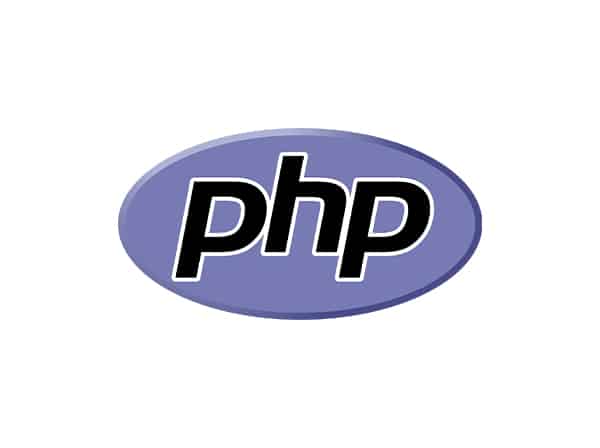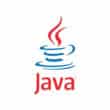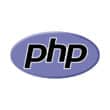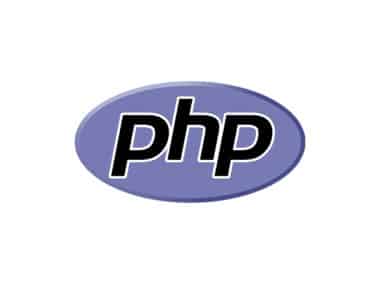PHP is a popular server-side programming language that has been around since 1994. It was developed by Rasmus Lerdorf, who initially created it to maintain his personal website. Since then, it has grown to become one of the most commonly used programming languages on the web.
PHP is a language that is designed to be embedded in HTML, and it is used to create dynamic web pages. Its syntax is similar to C, Java, and Perl, making it relatively easy to learn for those who have experience with other programming languages.
Features of PHP
PHP has several key features that make it a popular choice for web development:
- Open source: PHP is an open-source language, meaning that it is free to use and distribute. This has helped to make it a popular choice for web developers, as it is an affordable option.
- Cross-platform compatibility: PHP can run on various platforms, including Windows, Linux, and macOS. This makes it a flexible choice for developers.
- Easy to learn: PHP is relatively easy to learn, especially for those who have experience with other programming languages like JavaScript or Java. It has a simple and intuitive syntax that can be quickly learned by beginners.
- Large community: PHP has a large and active community of developers, which means that there are plenty of resources available for learning and problem-solving. This community also contributes to the development of PHP, ensuring that it remains up-to-date and relevant.
Advantages of PHP
There are several advantages to using PHP in web development:
- Fast development: PHP is a server-side language, which means that it can process data quickly and efficiently. This makes it a good choice for developing dynamic websites. With PHP, web developers can create complex web applications in a shorter amount of time compared to other programming languages.
- Scalability: PHP is scalable, meaning that it can handle large amounts of traffic without slowing down. This makes it an ideal choice for websites and web applications that receive a high volume of traffic.
- Database support: PHP has excellent support for a variety of databases, including MySQL and Oracle. This means that developers can easily create database-driven web applications using PHP.
- Compatibility with other technologies: PHP can be easily integrated with other technologies like HTML, CSS, and JavaScript, making it a versatile choice for web development. PHP can also be used with popular content management systems like WordPress and Drupal.
In conclusion, PHP is a powerful and flexible programming language that is well-suited to web development. Its ease of use, scalability, and compatibility with other technologies make it a popular choice for developers around the world. Moreover, its open-source nature and active community ensure that PHP remains an up-to-date and relevant programming language.





